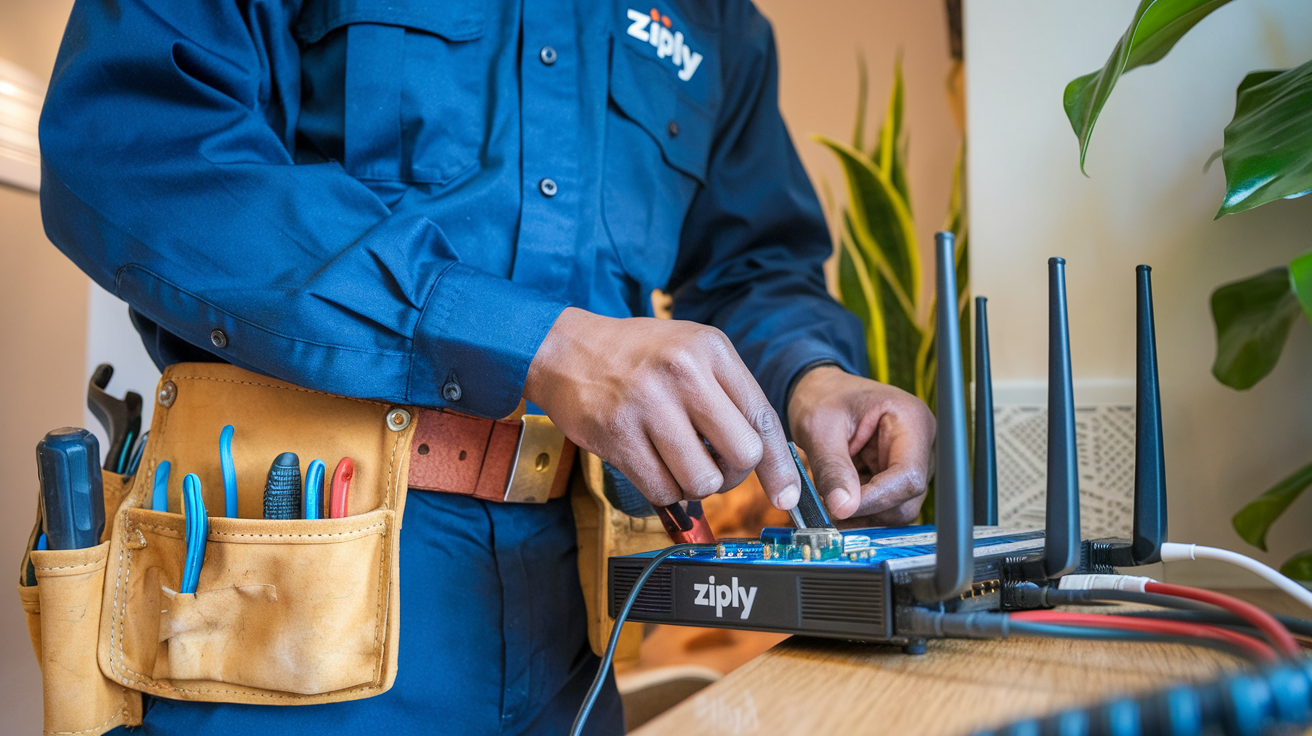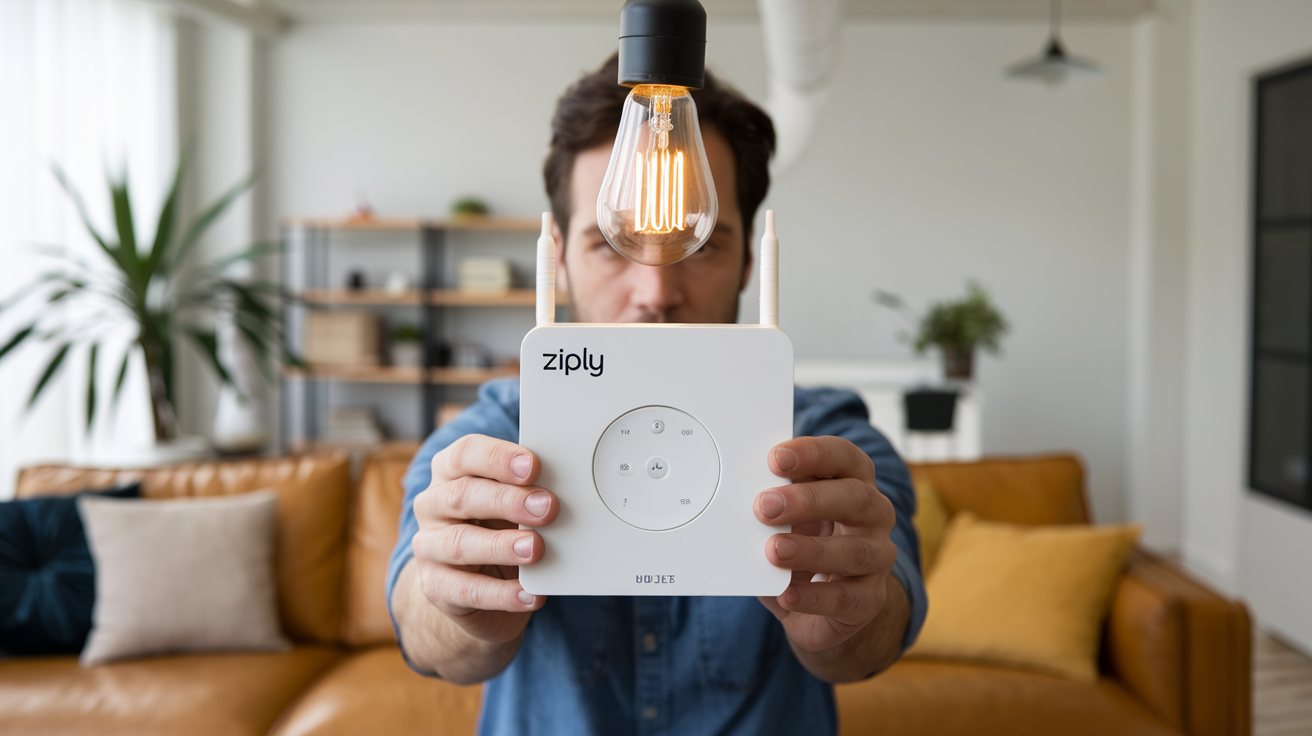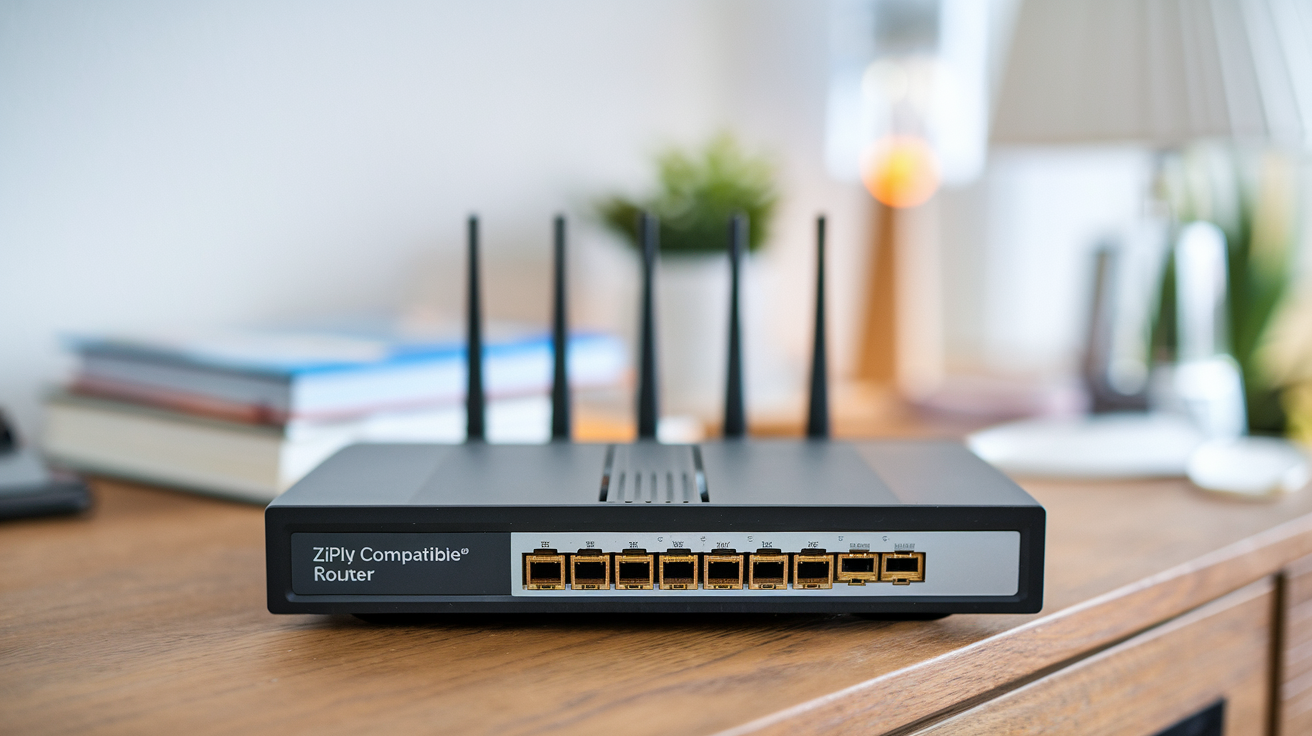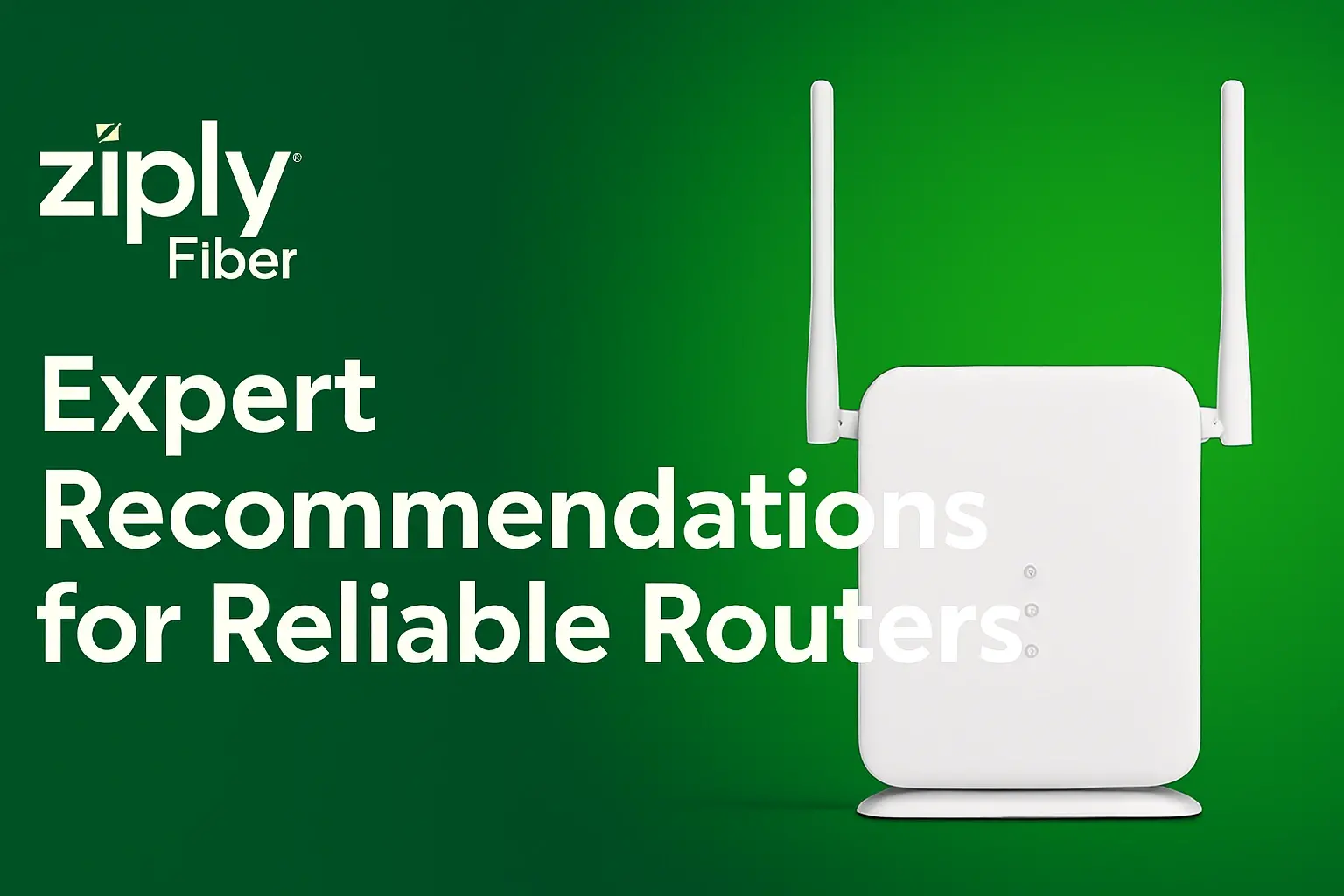
When it comes to enjoying high-speed internet, having the right router is crucial. For Ziply Fiber customers, choosing a compatible and efficient router can make all the difference in ensuring seamless connectivity. In this post, we'll explore the types of routers that Ziply Internet uses, discuss their features, and provide tips for optimizing your home network.
Understanding Ziply Fiber
Ziply Fiber is a regional internet service provider (ISP) that offers high-speed fiber-optic internet to customers in the Pacific Northwest. With speeds ranging from 200 Mbps to 1 Gbps, Ziply Fiber provides a reliable and fast internet connection for both residential and business customers. To take full advantage of these speeds, you'll need a compatible router that can handle the high bandwidth and deliver a strong Wi-Fi signal throughout your home.
Why the Right Router Matters
Choosing the right router is essential for several reasons:
-
Reliable Speeds: A good router ensures you get the speeds you're paying for, whether you're streaming, gaming, or attending virtual meetings.
-
Cost Savings: While Ziply Fiber may offer router rentals, purchasing your own can save you money in the long run.
-
Upgraded Features: Modern routers come with advanced capabilities like better security, Wi-Fi optimization, and broader compatibility with high-speed plans.
Types of Routers Used by Ziply Internet
Ziply Fiber provides customers with a range of router options to ensure optimal performance and compatibility with their high-speed internet plans. Here are some of the types of routers that Ziply Internet uses:
1. Wi-Fi 6 Routers
Wi-Fi 6, also known as 802.11ax, is the latest generation of Wi-Fi technology, offering improved performance, increased capacity, and better efficiency compared to previous Wi-Fi standards. Wi-Fi 6 routers are ideal for Ziply Fiber customers, as they can handle multiple devices and high-bandwidth activities simultaneously. Some popular Wi-Fi 6 routers used by Ziply Internet include:
Netgear Nighthawk RAX200: This tri-band Wi-Fi 6 router is designed for ultra-fast speed and excellent performance. It supports max speeds of up to 10.8 Gbps, making it perfect for Ziply Fiber's gigabit connection.
ASUS RT-AX88U: A high-performance dual-band Wi-Fi 6 router that delivers reliability and speed without breaking the bank. It covers up to 3,000 square feet, making it ideal for medium to large homes.
2. Dual-Band and Tri-Band Routers
Dual-band routers operate on both the 2.4 GHz and 5 GHz bands, while tri-band routers add a 5 GHz band. This allows for better performance and reduced interference, especially in crowded environments. Some popular dual-band and tri-band routers used by Ziply Internet include:
TP-Link Archer AX6000: A high-performance modem-router combo that offers seamless connectivity and advanced features. It operates on both the 2.4 GHz and 5 GHz bands and supports Wi-Fi 6 technology.
Asus RT-AX88U: This router provides a combined speed of up to 6 Gbps and features beamforming technology to focus the Wi-Fi signal directly toward connected devices.
3. Mesh Wi-Fi Systems
For larger homes or multiple floors, a single router may not provide adequate coverage. Mesh Wi-Fi systems consist of multiple nodes that work together to provide seamless coverage throughout your home. Mesh systems used by Ziply Internet include:
Google Nest Wi-Fi: A popular mesh Wi-Fi system that provides strong and reliable coverage throughout your home. It is easy to set up and manage using the Google Home app.
Eero Pro 6: Another excellent mesh Wi-Fi system that supports Wi-Fi 6 technology and offers robust performance and coverage.
Tips for Optimizing Your Home Network
To get the best performance from your router, follow these tips:
-
Router Placement: Place your router in a central location within your home to ensure optimal Wi-Fi coverage. Avoid placing it near large metal objects, thick walls, or other electronic devices that could interfere with the signal.
-
Firmware Updates: Regularly check for firmware updates for your router. Firmware updates can improve performance, fix bugs, and add new features. You can usually find firmware updates on the manufacturer's website or through the router's management app.
-
Network Optimization: Use the router's app to optimize your network settings. This includes setting up Quality of Service (QoS) to prioritize bandwidth for specific devices or applications, enabling parental controls, and configuring guest access.
-
Security: Ensure your network is secure by changing the default login credentials for your router and enabling WPA3 encryption. This will help protect your network from unauthorized access and potential security threats.
-
Use a Wired Connection When Possible: While Wi-Fi is convenient, a wired Ethernet connection provides a more stable and reliable connection for high-bandwidth activities like streaming and gaming. If your device supports it, connect it directly to your router using an Ethernet cable.
-
Monitor Network Performance: Regularly monitor your network performance to identify and address any issues that may be affecting your internet experience. Use tools Speedtest.net to check your internet speed and ensure that you're getting the speeds promised by your Ziply Fiber plan.
Troubleshooting Common Issues
While the routers listed above are reliable, you may encounter some common issues. Here are a few troubleshooting tips:
-
Slow Internet Speeds: If you're experiencing slow internet speeds, try restarting your router. Ensure that your device's firmware is up to date and that there are no bandwidth-hogging devices or applications on your network.
-
Wi-Fi Signal Drops: If your Wi-Fi signal drops frequently, try repositioning your router to a more central location. You can also try changing the Wi-Fi channel to reduce interference from other networks.
-
Device Connectivity Issues: If a specific device is having trouble connecting to your Wi-Fi network, try forgetting the network on the device and reconnecting. Ensure that the device's Wi-Fi drivers are up to date.
-
Router Overheating: If your router is overheating, ensure that it is placed in a well-ventilated area and not covered by any objects. Overheating can cause performance issues and shorten the lifespan of your device.
Conclusion
In conclusion, choosing the right router for Ziply Internet is essential for ensuring seamless connectivity and optimal performance. Wi-Fi 6 routers, dual-band and tri-band routers, and mesh Wi-Fi systems are all excellent options that offer advanced features and reliable performance. By following the tips and recommendations in this blog post, you can optimize your home network and enjoy the full benefits of your Ziply Fiber internet connection.
Whether you're streaming 4K videos, gaming online, or working from home, the right router can make all the difference in your internet experience. So, invest in a high-quality router, optimize your network settings, and enjoy seamless connectivity with Ziply Fiber.
Contact (844) 533-1115 to Activate Your Ziply Internet Connection!






